-
×
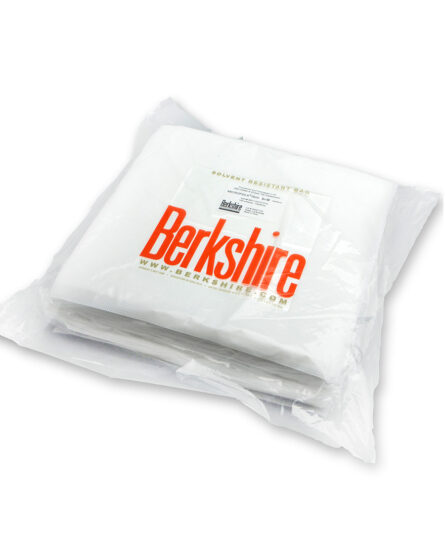 MicroPolx® 1900 9" x 9" (Pack)
1 × $51.88
MicroPolx® 1900 9" x 9" (Pack)
1 × $51.88
Cleaning & Disinfection, Knowledge Base
Cleanroom Microfiber Wipes in Healthcare and Pharmaceutical Industries:
Contamination Control and Compliance using Berkshire’s Micropolx® Wipes
Introduction
Cleanroom environments in healthcare and pharmaceutical facilities require strict control over contamination. Even microscopic particles or microbes can compromise drug safety and patient health, so every product used for cleaning must perform at the highest level of effectiveness. Cleanroom microfiber wipes have become essential in these settings, offering superior cleaning efficacy while helping organizations maintain compliance with Good Manufacturing Practice (GMP) and ISO cleanroom standards. Unlike ordinary wipes, microfiber cleanroom wipes are designed to remove ultra-fine contamination and minimize lint generation, making them ideal for critical environments.
This article series will examine the applications and advantages of microfiber wipes in pharmaceutical and healthcare cleanrooms, emphasizing Berkshire’s advanced microfiber wipe products, especially our latest offering, the Berkshire MicroPolx® 1900.
We will examine the following areas: how microfiber wipes support contamination control and cleanroom maintenance, their role in meeting industry standards (GMP, ISO), and what attributes set the MicroPolx® 1900 apart from competitor offerings in terms of specifications and performance.
The Critical Role of Microfiber Wipes in Contamination Control
Effective surface cleaning is essential in controlled environments to prevent contamination of pharmaceuticals, medical devices, or sterile preparations. Microfiber cleanroom wipes are designed to trap and remove contaminants far more effectively than traditional cleaning cloths. Each microfiber strand is extremely thin, often composed of a bi-component polyester-nylon fiber, creating a significantly increased surface area with many more contact points for picking up particles and microbes. For instance, ultrafine microfiber yarn can provide up to four times the surface area of standard polyester wipes, and a high-quality microfiber wipe contains up to eight times the number of filaments of a conventional wipe. This structure allows microfiber wipes to capture even nano-scale particles and microorganisms that other wipes might leave behind.
Why Microfiber Matters
Studies show that microfiber materials can remove up to 99.4% of surface microorganisms, compared to only about 30% removal by wipes containing cellulose.1
This dramatic difference arises because the micro-scale fibers can reach microscopic crevices and lift away bacteria, spores, dust, and residues. The wedge-shaped cross-section of many microfiber filaments effectively scoops up and traps particles within the fiber matrix. As a result, when a surface is wiped with microfiber, contaminants are not merely pushed around—they are primarily picked up and held within the fibers of the wipe, preventing re-deposition.
Contamination Control Benefits of Microfiber Wipes
- Superior Particle and Microbial Removal: The dense network of ultrafine fibers allows for the mechanical removal of particles and microbes that ordinary wipes would miss. Microfiber cleanroom wipes can remove particles down to the sub-micron scale, significantly reducing surface bioburden. This is especially critical in pharmaceutical cleanrooms, where even a single viable microorganism or particle can jeopardize product sterility or quality.
- Low Lint and Fiber Shedding: High-grade microfiber wipes are made of continuous-filament yarns with sealed edges, resulting in extremely low particle generation. Unlike generic cloths or paper-based wipes, they do not readily shed lint or fibers that could introduce new contaminants onto critical surfaces. The best microfiber cleanroom wipes feature laser-cut or ultrasonically sealed borders that prevent fraying and fiber release. This allows for cleaning “without introducing new contaminants,” a core principle in Good Manufacturing Practice (GMP) contamination control.
- High Absorbency and Spill Control: The increased surface area of microfiber also translates to greater liquid absorption capacity. These wipes excel at soaking up spills or evenly applying cleaning agents. A quality microfiber cleanroom wipe can quickly absorb cleaning solvents or water and retain them, making it effective for wiping up spills or uniformly distributing disinfectants on surfaces.
- Effective with Less Solvent: Because microfibers pick up residues so efficiently, they often reduce the need for aggressive solvents. For example, MicroPolx® wipes’ surface area enhances cleaning performance and minimizes the necessity for potentially harmful solvents. In practice, a dry microfiber wipe can remove many soils on its own, and when solvents like 70% isopropanol are used, the microfiber spreads them evenly and uses them economically. This not only lowers chemical usage (resulting in cost savings) but also avoids leaving excessive solvent residues.
- Non-Abrasive on Sensitive Surfaces: Despite their cleaning power, microfiber wipes are gentle on surfaces. The fibers are soft and non-abrasive, so they will not scratch polished equipment, glass, or sensitive coatings. This is vital in contexts like medical device manufacturing or cleaning laboratory instruments, optical lenses, and electronic equipment in healthcare. Microfiber wipes effectively remove contaminants without damaging finishes or leaving scratches.
These advantages explain why the medical, hospital, and pharmaceutical fields have rapidly adopted microfiber cleaning products. In sterile hospital pharmacies or pharmaceutical production suites, microfiber cleanroom wipes help maintain the required ultra-clean conditions more effectively than traditional cotton or cellulose-based wipes. Microfiber wipes serve as a frontline defense in contamination control programs by trapping even invisible contaminants and generating minimal lint.
In our next installment of this series, we will discuss the importance of cleanroom maintenance and industry standards when choosing the appropriate wiper for your cleanroom needs.
1 Infection Control Today: Understanding Microfiber’s Role in Infection Prevention




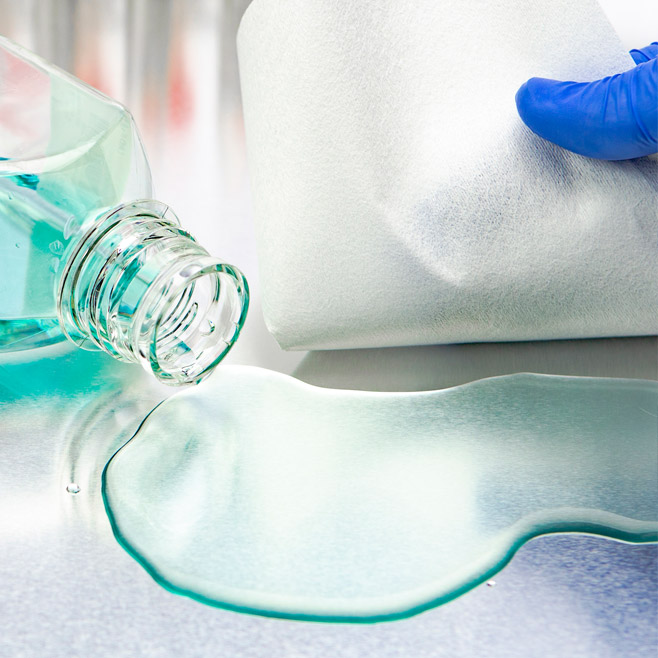
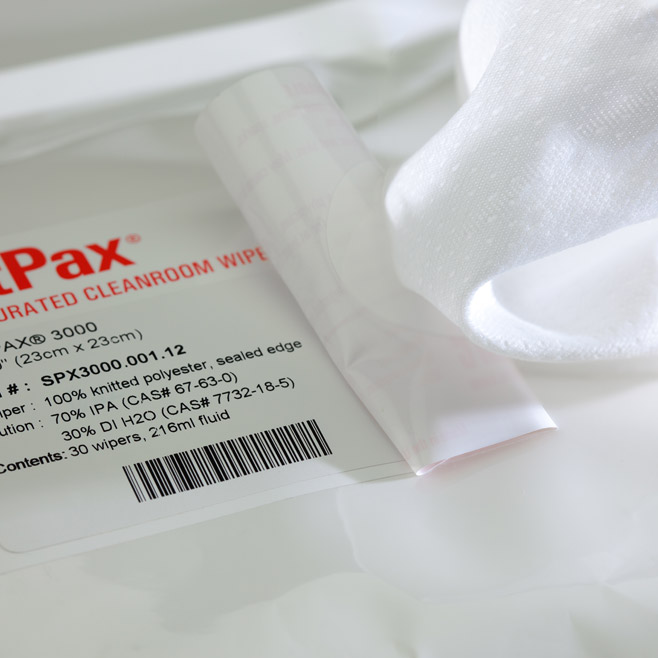
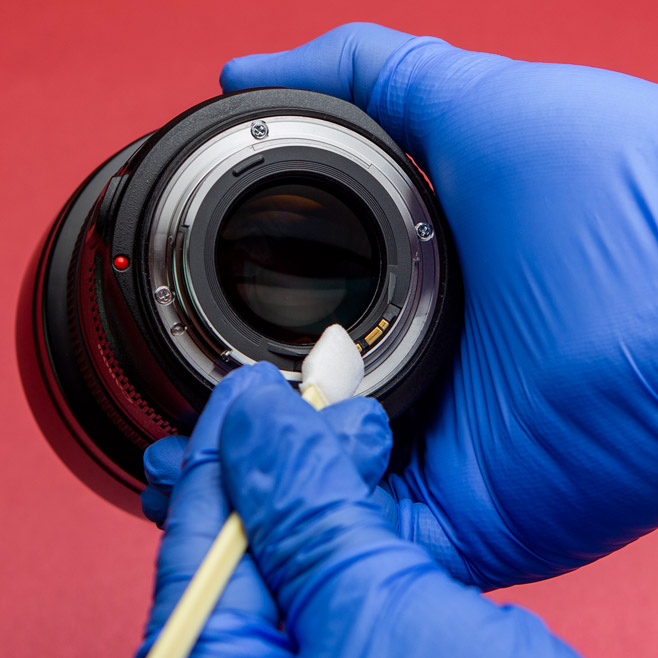
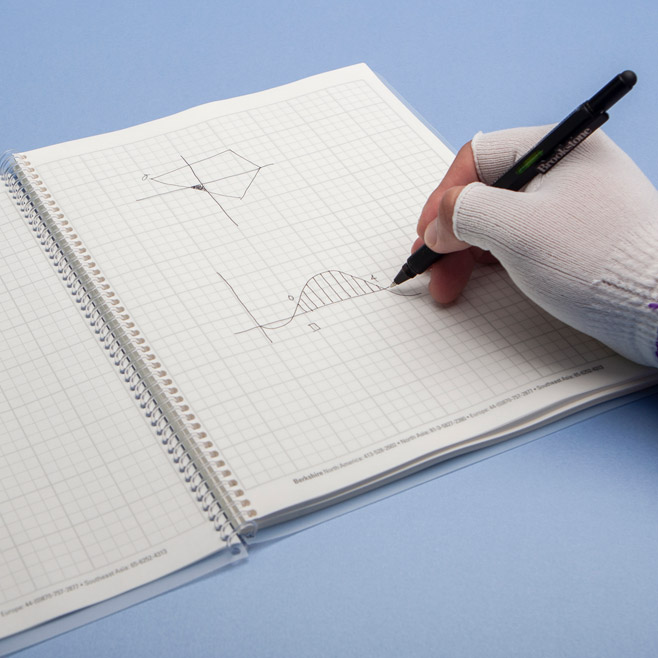
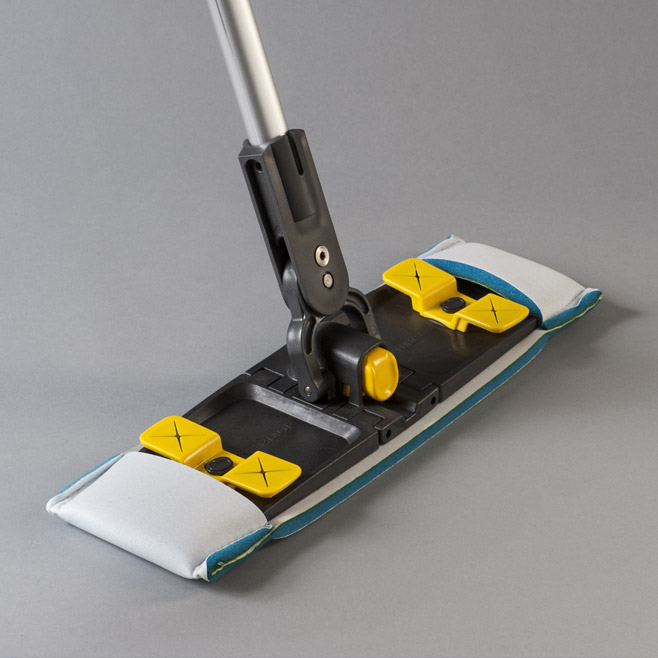
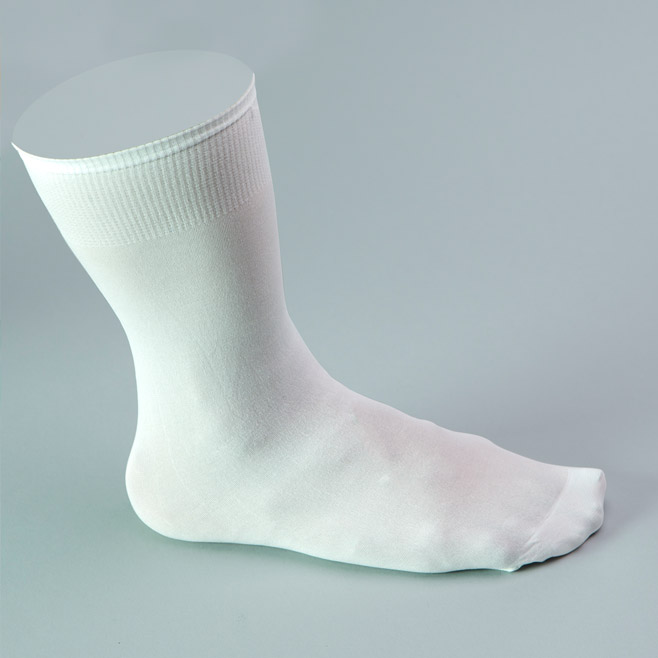
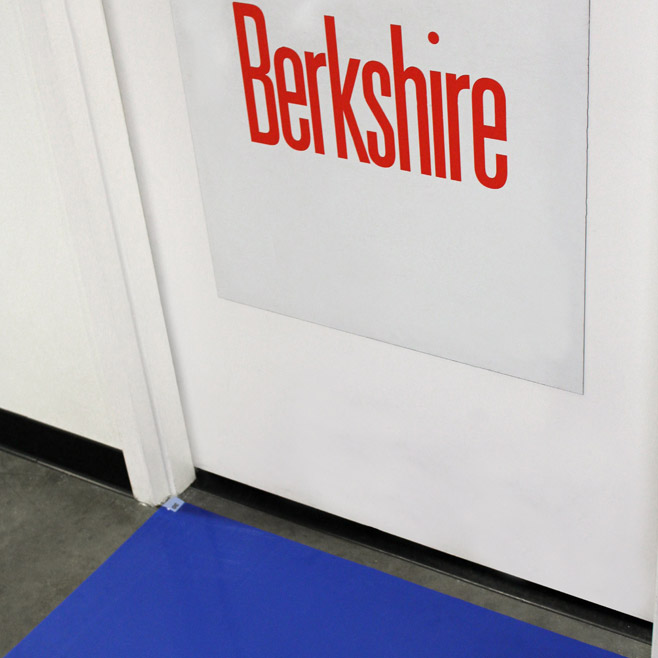

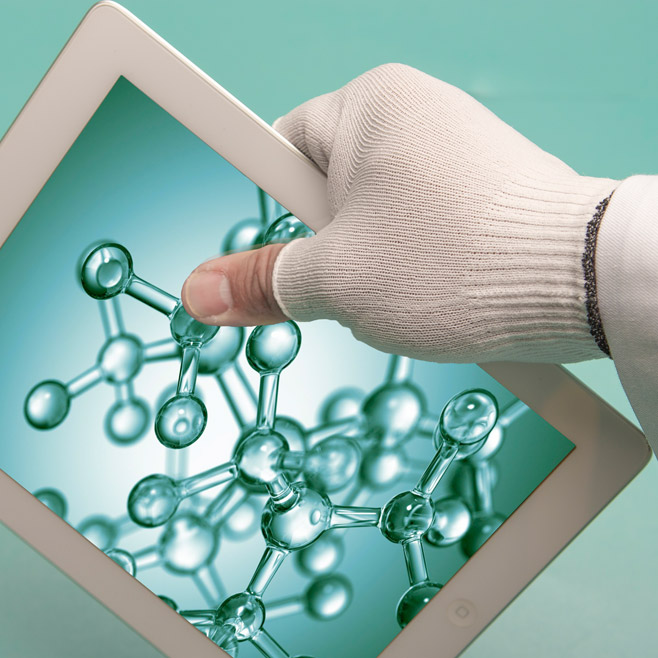
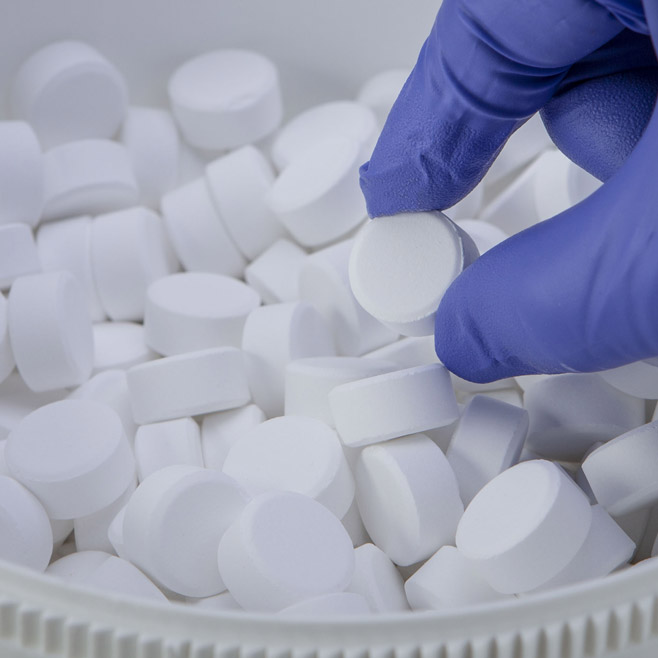
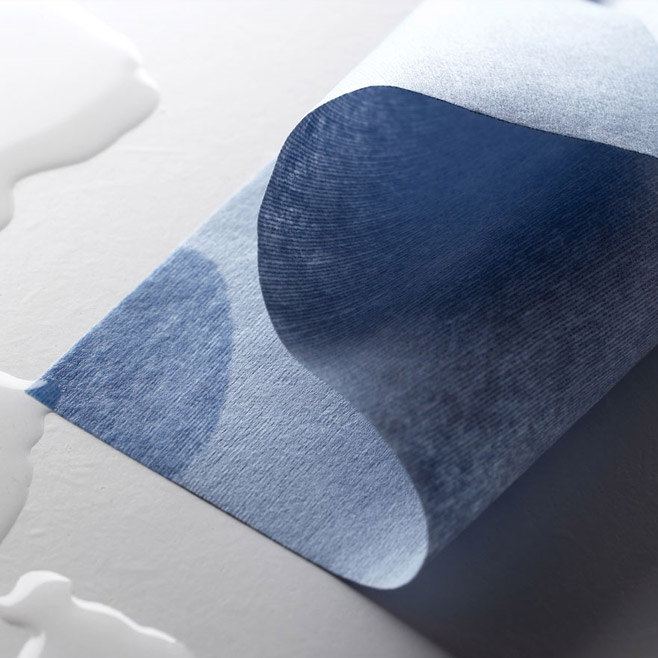
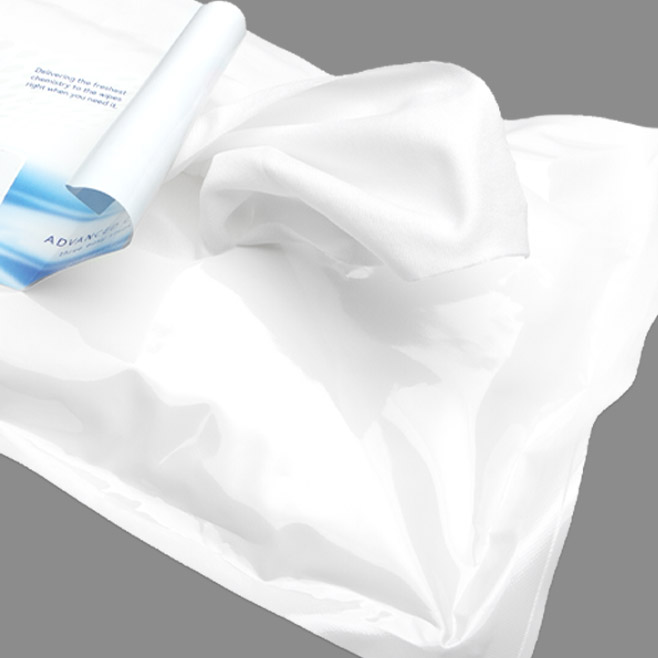




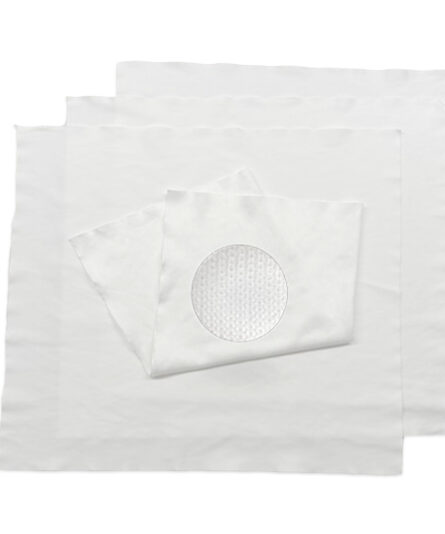
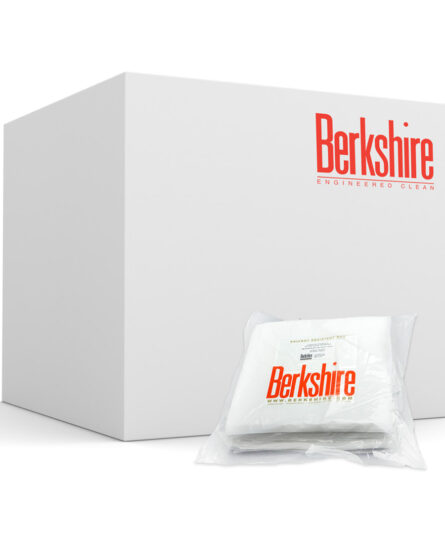
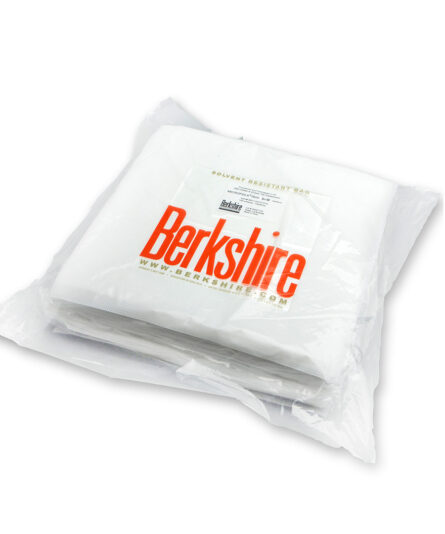
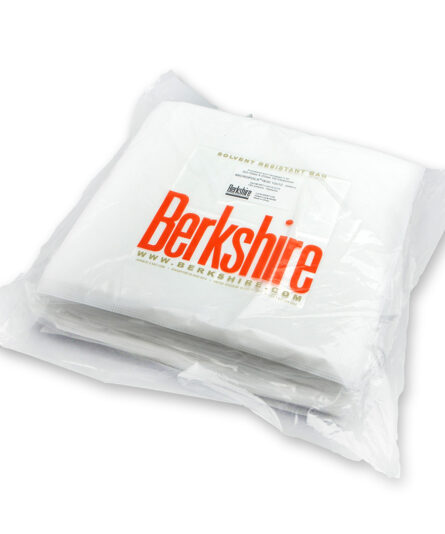
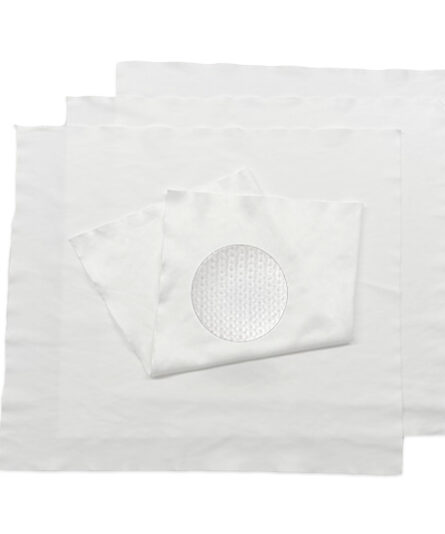
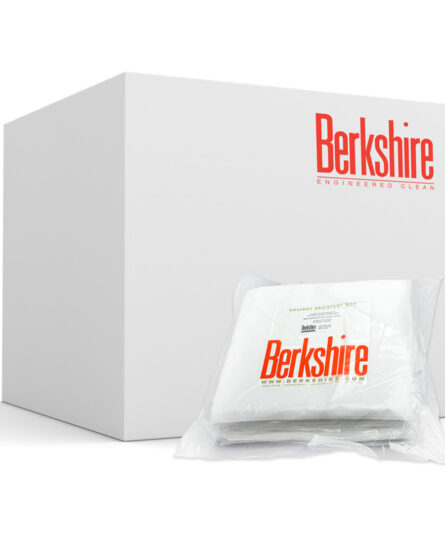






HAVE AN IDEA FOR CONTENT?
We are always looking for ideas and topics to write about.
Contact Us